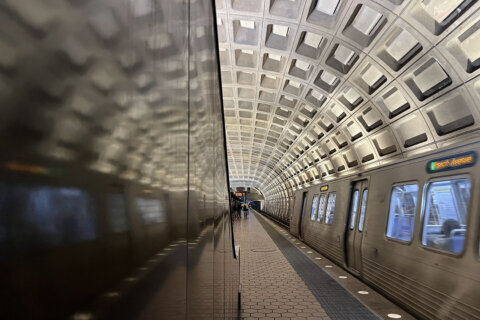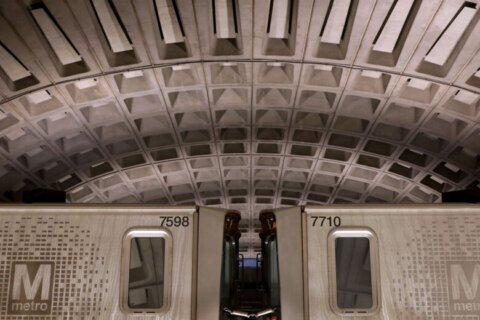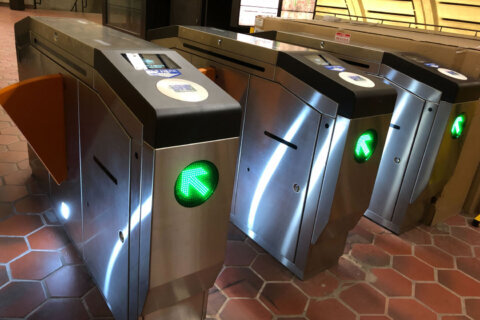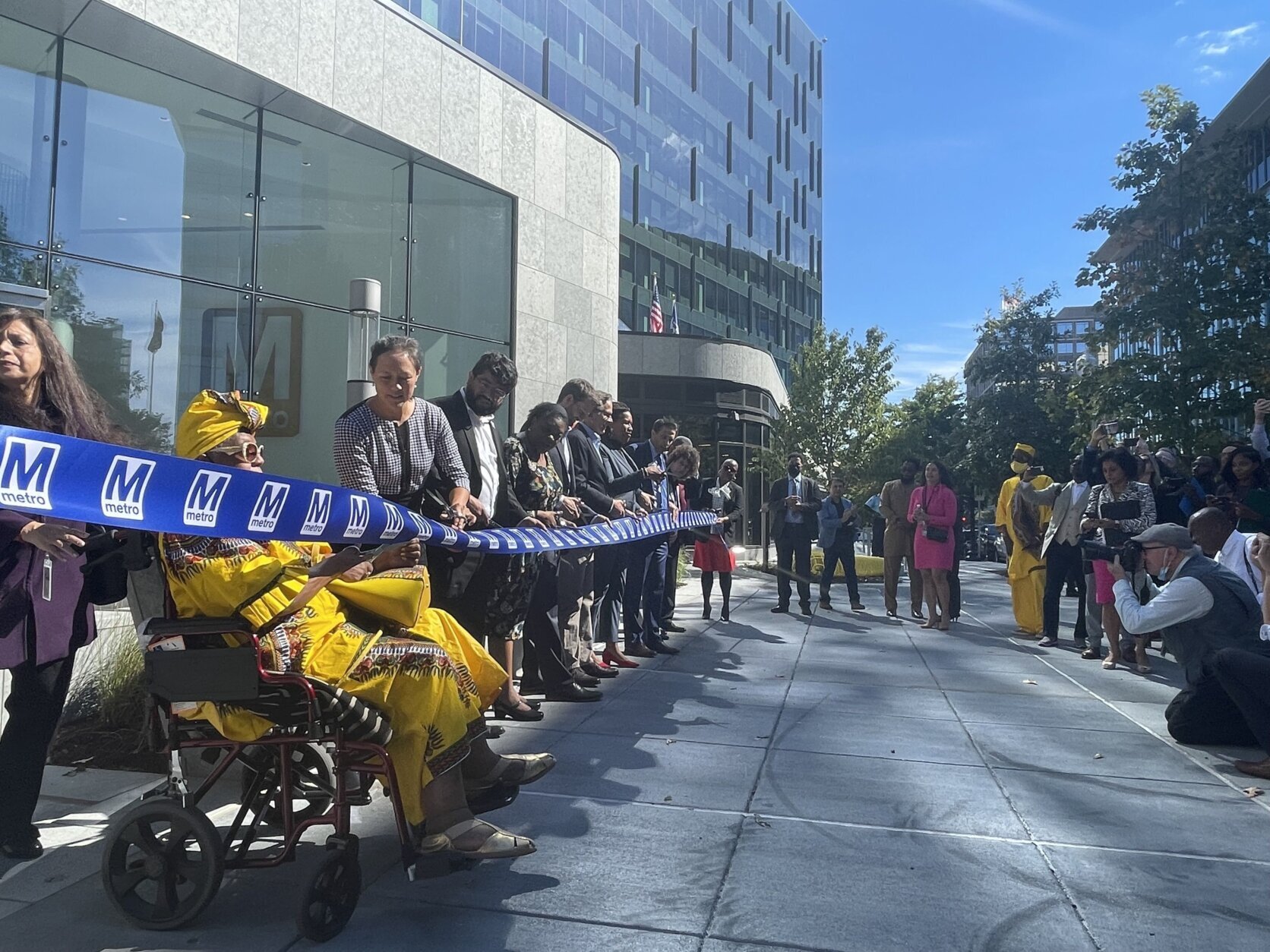

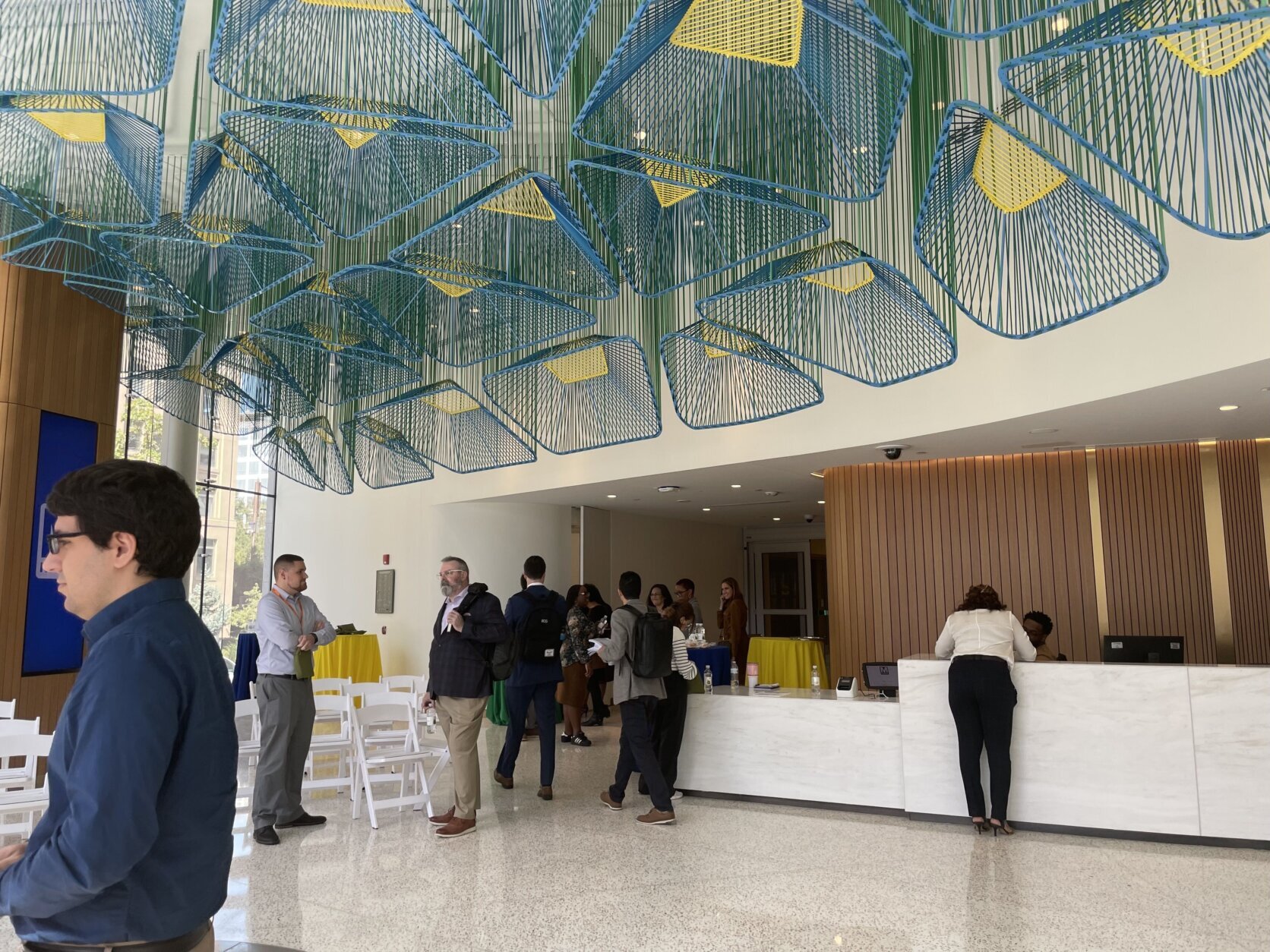
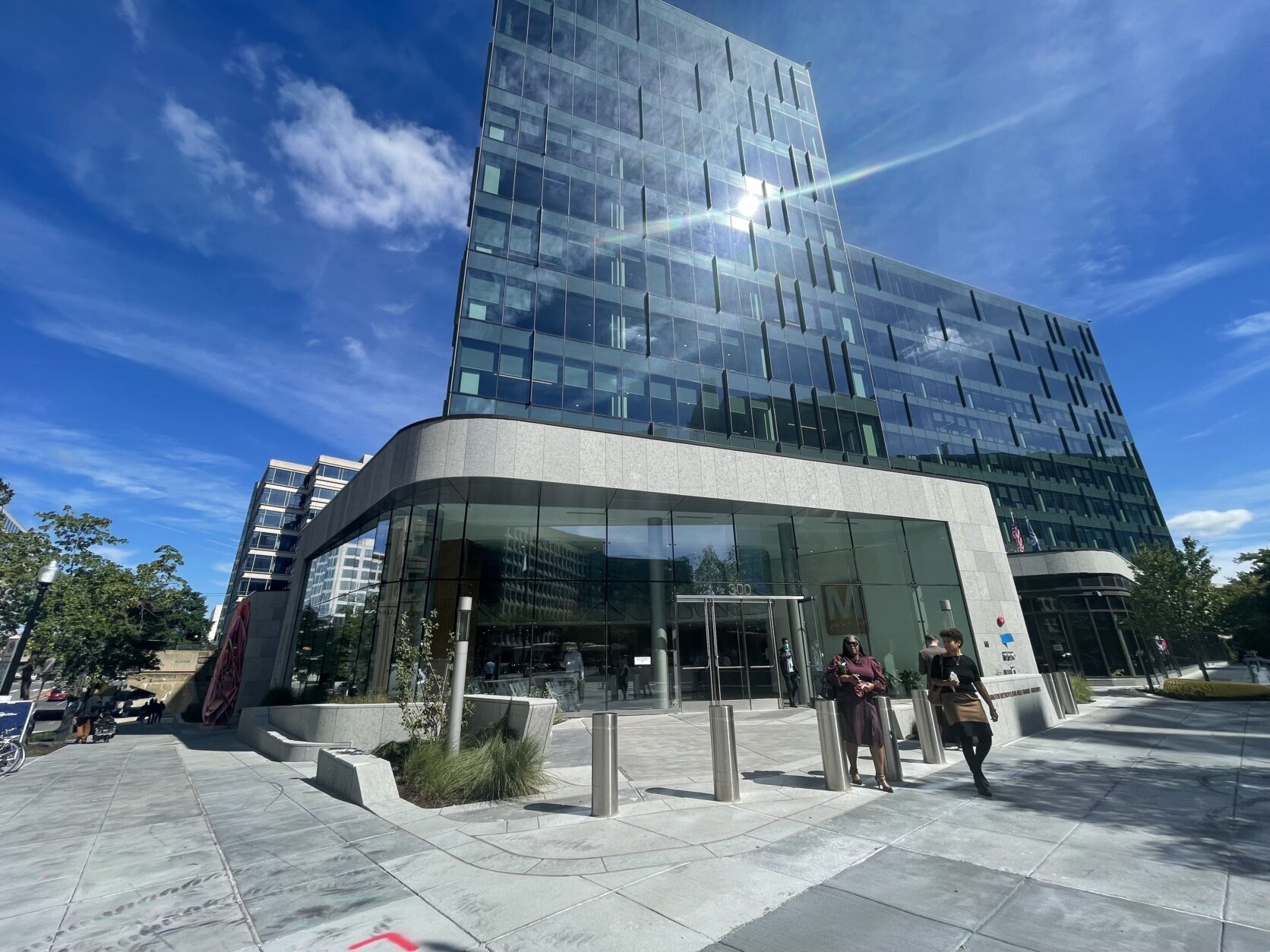
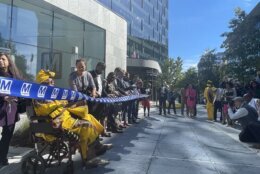

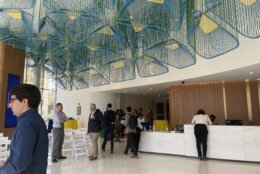
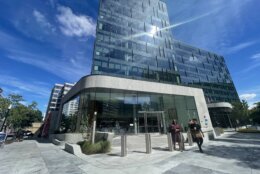
Metro and D.C. leaders held a ribbon-cutting ceremony to unveil its new state-of-the-art Metrorail headquarters building in Southwest D.C. Thursday.
The new building replaces the outdated Jackson Graham Building, the former headquarters building near Gallery Place in Northwest.
The disabled community may be the most excited about the new central office of all the riders who board the transit service daily, said Denise Rush, a disabled rider.
The new command center also houses the agency’s Transit Accessibility Center in addition to the new workplace for 1,300 Metro employees. It’s a one-stop shop for disabled people who need to apply to Metro’s ride-share, door-to-door service called Metro Access.
Back in 2000, Rush began losing her sight. She panicked and worried about losing her job and home.
“I was working for a law firm, and I went blind,” she said. “And, I was sitting on the bottom of the steps crying. And someone said, ‘Metro Access will get you to work.’ I applied, and I never missed [a] day’s work.”
Before the new headquarters, disabled riders, like Rush, had to visit several officers for approval.
“You had to go [to] this place and that place,” she said. “Now, everything is in one building. You don’t have to worry about going anywhere but here.”
Rush believes the ability to apply for the program in one place could help more disabled people use Metro Access, giving them more transit options.
“You don’t know what disabled people go through,” she said. “I want disabled people to be able to go wherever they want to go and not feel uncomfortable.”
This new command post will consolidate several administrative offices and save Metro about $130 million over the next two decades, said Paul Smedberg, chairman of Metro’s Board of Directors.

